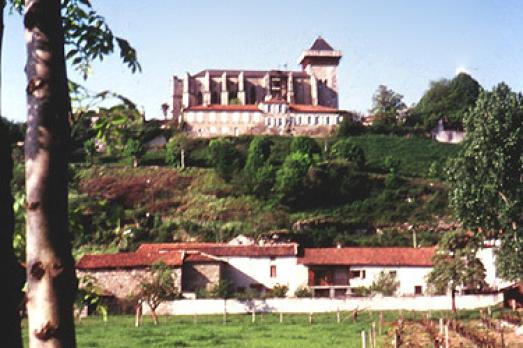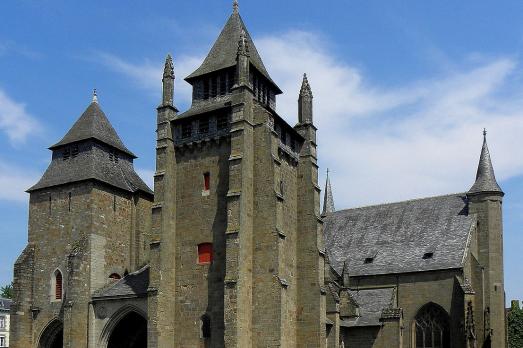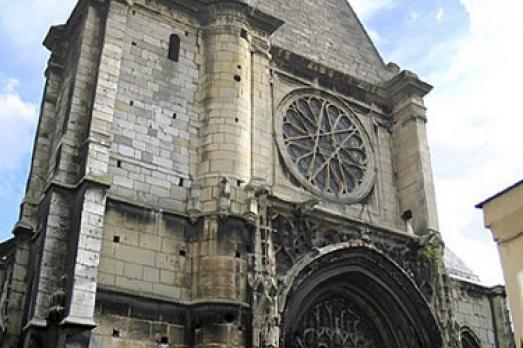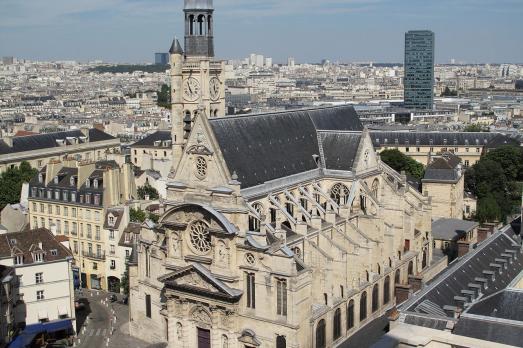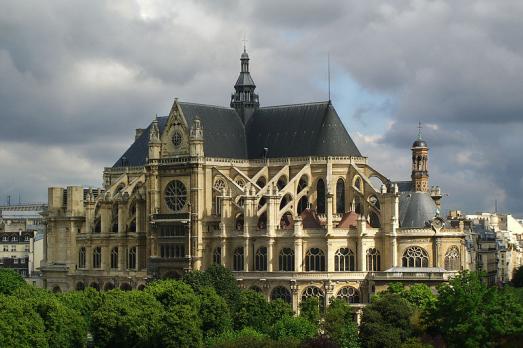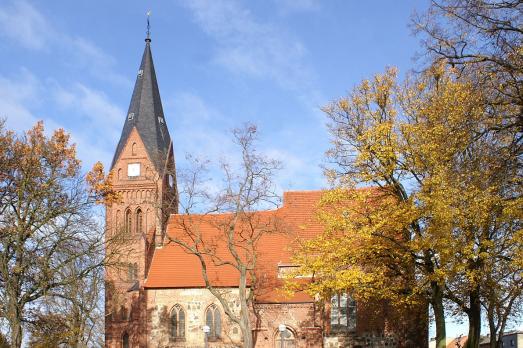
Saint-Bartholomew's Church, Damgarten
Ribnitz-Damgarten, DE
The church of Saint-Bartholomew dates back to the 13th century, as evidenced by its choir built before 1260 in the form of a square brick building. Its nave was added in the 15th century as a late Gothic brick building with a barrel-shaped wooden ceiling. The ceiling paintings were painted around 1890. The present tower was inaugurated in 1887 and replaced the half-timbered tower built in 1723, which was demolished in 1884.
